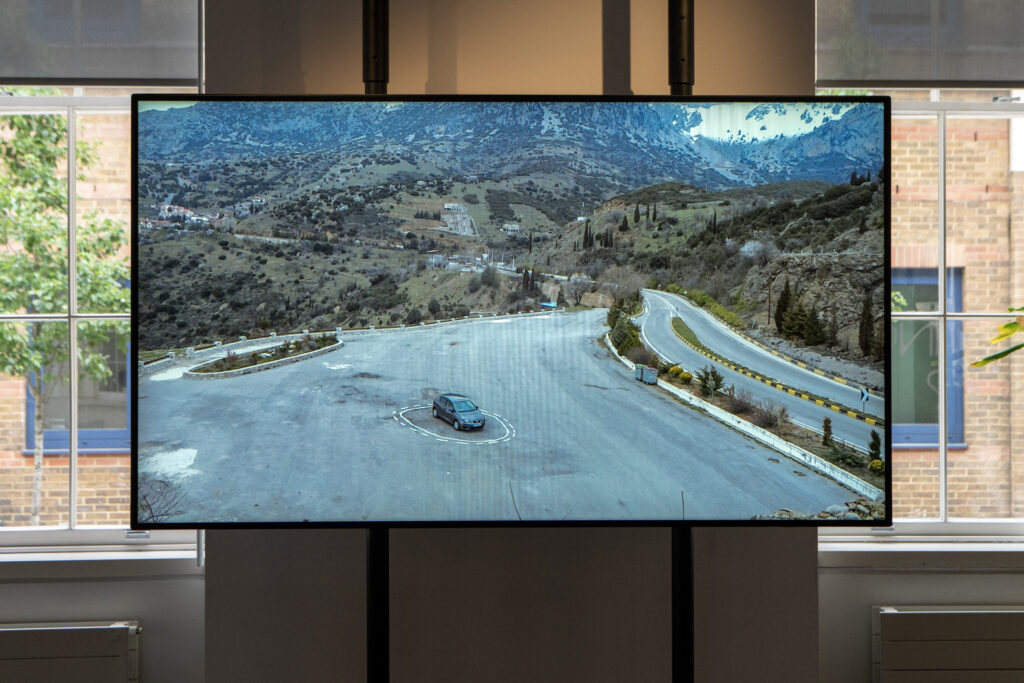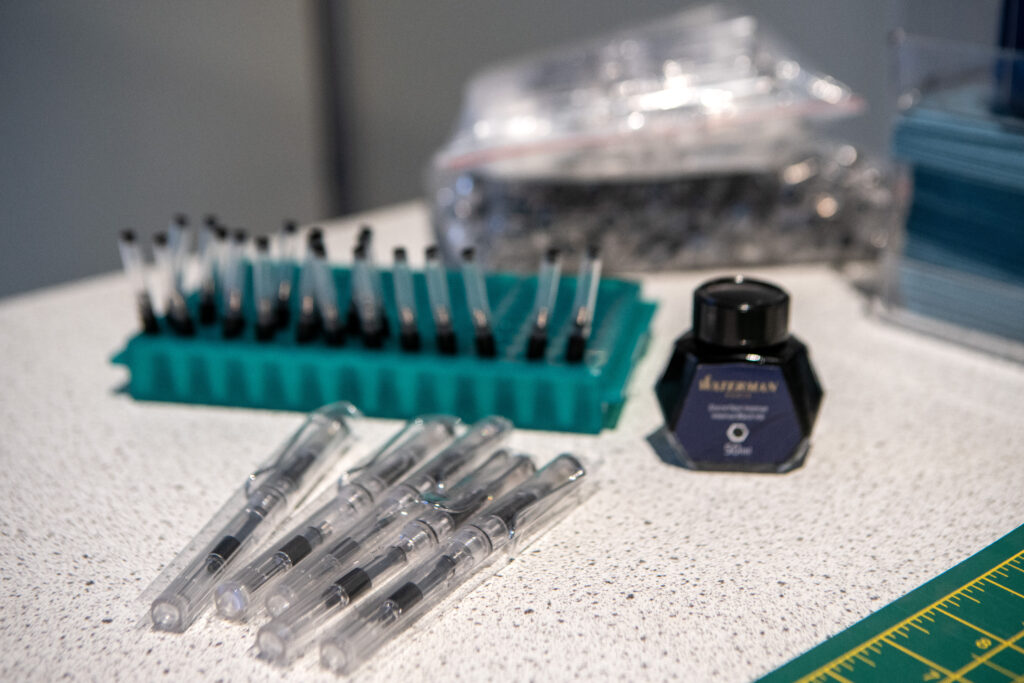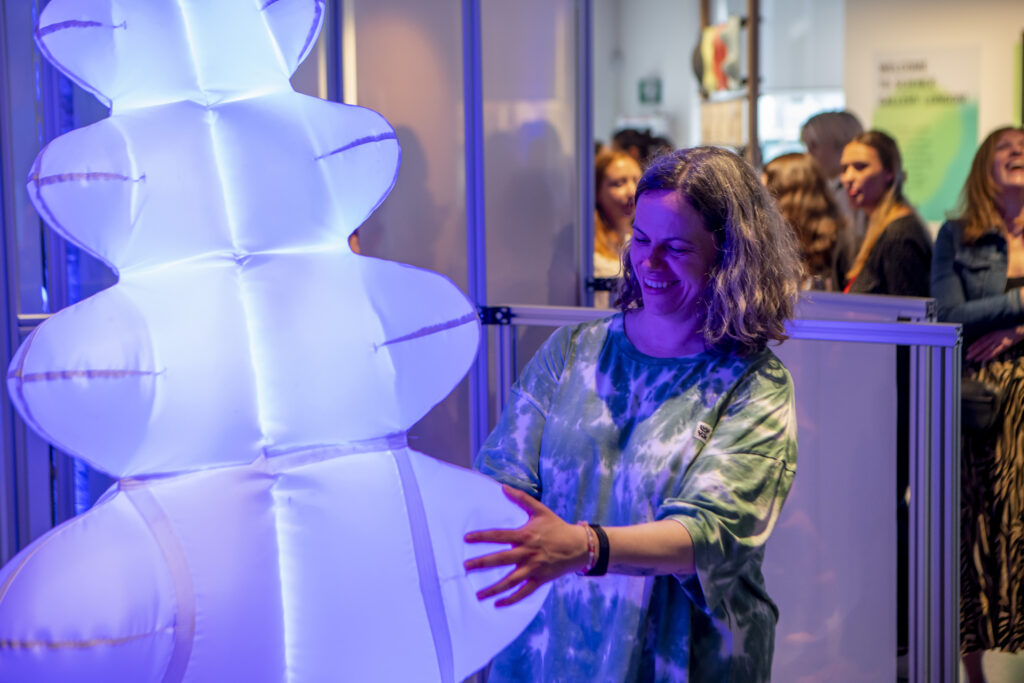Enjoy this article?
Most Museums Journal content is only available to members. Join the MA to get full access to the latest thinking and trends from across the sector, case studies and best practice advice.

How will artificial intelligence eventually kill us all? With robots sent back from the future, or by lethal administrative bureaucracy: death by computer says no?
Perhaps we’ll simply be bored to death by the current wave of overwrought punditry about the bountiful benefits and/or sinister threats of AI.
In a time of fervent speculation about the future of AI it’s either a bold or foolhardy time to open an exhibition on the subject. But it might be a good time to ask how an exhibition can offer us opportunities to understand the impact of AI in ways that books and broadsheets can’t.
Technology is a hard thing to exhibit in any museum or gallery – too often, a laboriously-constructed interactive display ends up as a pale echo of what we can easily explore on our phones or laptops.
But if anyone is equal to this challenge it’s Science Gallery London, whose past exhibitions have plunged into the thorny issues of anxiety, gender and addiction, and it is now ready to take on the mind machines with its first major thematic exhibition since the pandemic began.
AI: Who’s Looking After Me is presented as a dozen artistic collaborations installed around the gallery taking in the viewpoints of researchers, patients and those at the mercy of AI-driven administrative systems.
Rather than address the question of AI through the issue of “intelligence” or even artistic productivity, it centres itself on care. Who’s looking after us, and how do we look after each other in an age of unhuman automation?
Entering the gallery on its spacious ground floor, the exhibition begins with two works. James Bridle’s Autonomous Trap 001 is a short film depicting the artist capturing a self-driving car of his own design inside a magic circle of salt that replicates road markings.
It’s typical of his playfully antagonistic approach to technology. Opposite is the altogether more welcoming Sprout, an inflatable automaton in the shape of a small plant, exhibiting the principles of “soft robotics” and non-verbal communication with humans.

Upstairs in the main gallery, Looking for Love demonstrates some of the problems of exhibiting interactive screen-based art: clunky PC keyboards and old monitors. But sit down at one of the three stations and you’re drawn into a comical dialogue with a purported AI who desires to be taught all about love, and the difference between love and stalking.
Old hands Blast Theory are here too with their work Cat Royale, a film of an installation in which an AI-powered robot arm delivers care and amusement to cats living their best lives in a feline utopia. It’s got all of Blast Theory’s trademark lateral punchiness in thinking about possible futures, but it’s also curiously unaffecting in film form, like outtakes from a reality show.
Next to it is a short survey by King’s College London (KCL) researcher Kate Devlin on using AI in care situations. I was slightly surprised by my own vehemence answering questions about whether I would like to be cared for by robots in my decrepitude: a flat “never”.
It’s a smart reminder that Science Gallery London’s parent organisation, KCL, is actively involved in many forms of research around AI. The exhibition attempts to be as transparent about this as possible: labels attached to each exhibit show a neat organogram of artists, researchers and funders.
It all gets a bit intense, but there’s a refreshingly low-tech resource area to sit down in and recover, with not only books but also a series of zines forming an “intersectional AI toolkit” for both engineers and the uninitiated to begin thinking about the ethical consequences of art and AI.
Two separate works offer the deepest dive into the subject of care, and its opposite: abuse. Sarah Selby’s work Between The Lines takes the form of a complicated-looking lab bench, left in disarray as if the workers had just stepped out for lunch.
The story it tells is darker: the artist and her collaborators collected the experiences of international students subject to the tortuous and algorithmic processes of the UK’s immigration and justice systems.

The words in their stories were encoded in DNA data and mixed with ink; pens containing the ink were sent in presentation boxes to Suella Braverman and fellow MPs, requesting that they sign official documents with them. Some of the lived experience of those on the receiving end of those decisions might then seep back into the process.
Sofie Layton’s Does AI Care? is collaboration with medical researchers and young adults in remission from cancer. It features conversations both human and artificial about the meaning of the word “care”, and how that care can be expressed.
It’s not only the robotic intonation of the synthetic voice reading words generated by AI engine ChatGPT that distinguishes them from the words thought and spoken by humans – there’s something flat and unpleasant about the words themselves.
This gets to the very heart of the implicit question that this exhibition continually asks.
Is “care” a commodity that can be commissioned and delivered by contract, automated and distributed, or is it a relationship between human beings, something we do for each other? And how do machines mediate that?

Care is also, as any museum studies student will tell you after a few pints, etymologically related to the word “curation”.
And the curation here has indeed been careful: each of the exhibition’s 12 collaborations between researchers and artists prod and poke a little, undermining and reconstructing your thoughts about the relationship between humans and powerful computing forces.
But each also stands alone. The thread of the exhibition’s concept links them together, but a larger and more cohesive frame is missing.
Maybe it’s something about these febrile and uncertain times? A new wave of technology approaches us, and as yet we lack a single human perspective to make sense of it all.
But what this exhibition does offer us is an immersion in the subject that neither fact files nor opinionated broadsides can, and perspectives from beyond the usual tech industry boosters and humanist cassandras.
A space in which we can pause and reflect and leave with our hearts a little less heavy with worry and a little more full of care.
Most Museums Journal content is only available to members. Join the MA to get full access to the latest thinking and trends from across the sector, case studies and best practice advice.